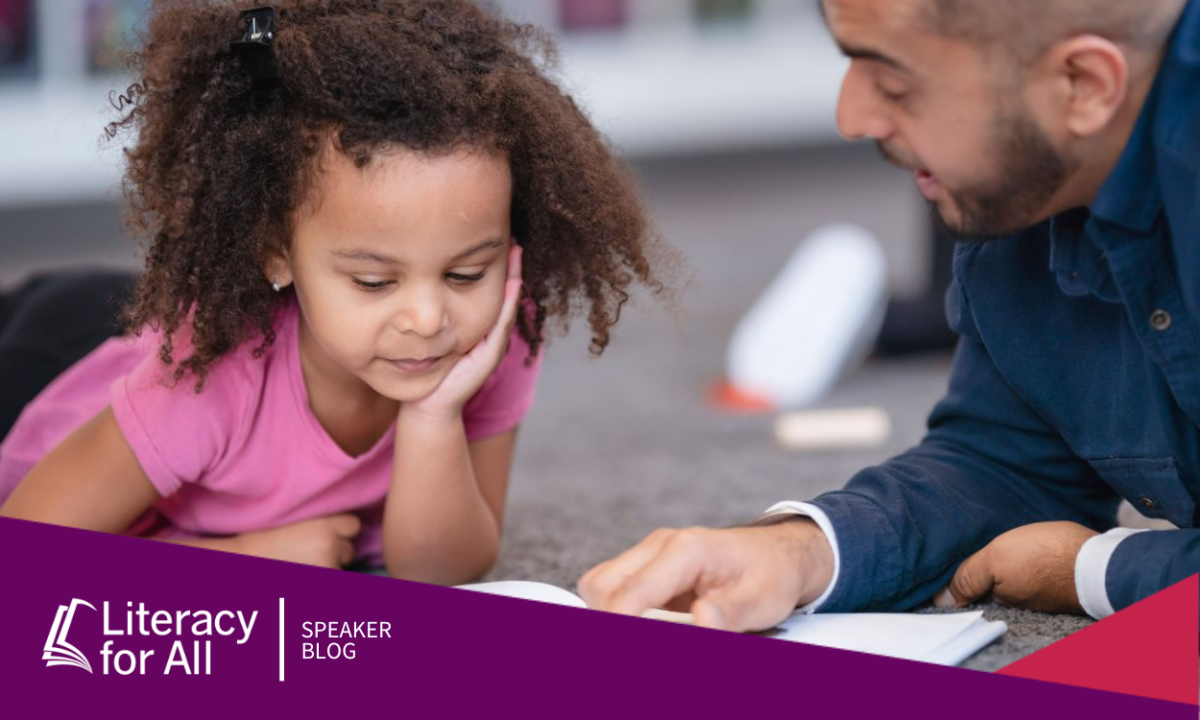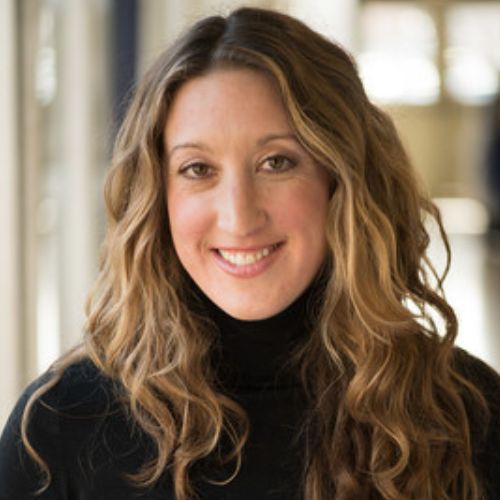Cognitive empathy includes the ability to understand another person’s perspective. Brain imaging studies found a number of brain regions that are activated in order to do this perspective taking. When students make inferences about others’ mental states, they first use their awareness and effort to establish personal theories about others, and then further adjust their theories during interactions (Carlson and Moses, 2001). The notion that people are born empathetic has been disproven. Empathy is learned through active effort and it can be developed just like any other skill. We can support empathetic thinking in part through reading and focusing on perspective taking.
In order to fully connect with others and be a civically engaged community member we draw upon empathy. Let’s take a look at four ways you can work on developing your own empathetic thinking and also support this in students.
Look through a different lens. Sometimes we are clear on the lens we are using to read a text or experience because we consciously chose it. For example, I want to learn more about character relationships so I use that as a lens when I read. This helps me focus on places where characters interact with one another. Other times we are in a habit and don’t have the awareness that a lens is even being used. To uncover our hidden lenses, stop and jot down your thoughts as you read. Mark places in the text where you paid close attention. Then ask yourself, “What do these thoughts and places reveal about my lens?” For example, maybe many of the places you stopped to think about were focused on conflicts and moral dilemmas the character faced. You might not have chosen to focus on conflicts, but nonetheless it is a lens you read through.
Try: Make a list with students of lenses we don’t tend to read through. Encourage students to purposefully choose a new lens. Notice how it impacts thinking and understanding. They can also try this when reading a podcast, video, or experience.
Ask others what they notice. Recognizing that our perspective is just one way to see the world is a developmental skill students can learn. During whole class read alouds ask students an open-ended question that could have many interpretations. Instead of asking students to share with one another to find consensus, ask them to find someone who thought very differently than they did. Lean into the difference in perspective as normal and even helpful. For example, you could read the sentence, “The woman was running away from the dog.” Ask students to sketch what they pictured. Having done this with students of all ages, it is remarkable to look at the sketches and discuss how some people pictured the dog big and scary and baring teeth and others pictured a small, yapping dog playing with a ball. Some perceived the woman as terrified of someone else’s dog off a leash and others pictured her on a jog with her own dog. Students marvel at how they all filled in the gaps with their own perspective and experiences and none of them were wrong as long as it matched the words in the text.
Try: Facilitate whole class conversations around differences in interpretation without trying to get consensus. Make sure the perspectives are grounded in facts and accurate details from the text. The goal is understanding another way of seeing things and allowing multiple perspectives to exist.
Think of a third option. Oftentimes we get caught up in binary thinking– this or that, right or wrong, helpful or harmful, etc. Binary thinking can also be a sign that our sympathetic nervous system is at work in fight or flight. This literally means we cannot access our brain’s full potential. If you find yourself and your students are stuck in “either or” thinking pause and take a few slow deep breaths, exhaling slowly. This can help the nervous system reset. Thinking of a third option helps our brain shift out of binaries and into possibilities, tapping into our creativity. For example, instead of asking students “Should Annablelle sell the yarn?” when reading the picture book Extra Yarn, by Mac Barnett, ask, “Let’s list all the options Annabelle has right now.” By opening up the possibilities to more than two, students begin seeing the world as more than a set of polarities. They can still make a choice and support it with evidence but only after seeing there are more than two options.
Try: Reflect on your own reading models and prompts and check-in to see if you tend to practice binary thinking. If so, try thinking of a third option yourself. Then model thinking beyond two possibilities before coaching students to try it.
Connect ideas using the word “and.” Too often we may assume that two ideas that seem contradictory cannot both be true. By looking for places to connect we can use the word “and” and acknowledge that there can be more than one truth (and almost always is). For example, a nonfiction reader can acknowledge that mice are unwanted pests in our homes and they serve a useful purpose by eating ticks. When we teach students the power of and it helps them hold more than one perspective at a time. This can help students grapple with nuance and complexity.
Try: Once students form ideas about a topic help them use the word and to connect them to another idea. This can be used in conversations with others who hold a different perspective and when reading multiple texts with different perspectives on the same topic.
Teaching students to be empathetic is an important skill for being a thoughtful human and a compassionate citizen. While these four ideas are not the only ways to support this type of thinking, they can help you go from a desire to support cognitive empathy to actually teaching it.
References
Carlson, S. M., and Moses, L. J. (2001). Individual differences in inhibitory control and children’s theory of mind. Child Develop. 72, 1032–1053.

About the Author:
Gravity Goldberg is an international educational consultant and author of eight books on teaching including her latest release, Teacher’s Toolkit for Independent Reading (Stenhouse, 2020). Mindsets & Moves (Corwin Literacy, 2015) put her on the world stage with its practical ways to cultivate student agency, leading to speaking engagements and foreign translations of her work. She has over 20 years of teaching experience, including positions as a science teacher, reading specialist, third grade teacher, special educator, literacy coach, staff developer, assistant professor, educational consultant, and yoga teacher. Gravity holds a B.A. and M.Ed. from Boston College and a doctorate in education from Teachers College, Columbia University. As the founding director of Gravity Goldberg, LLC she leads a team that offers side-by-side coaching and workshops that focus on teachers as decision-makers and student-led instruction.





